Servings: 120 st
Calories: 50kcal
Materiaal
- houten bakken
- zetmeel
- kegelvormige drukvorm
- olie neutrale – voor de afwerking
Ingredients
Instructions
Voorbereiding:
- Vul de houten bakken met (gezeefde) zetmeel en schreep mooi af. Maak zoveel mogelijk kegelvormen met het hulpstuk.
Koken:
- Meng de Arabische gom, pectine en suiker droog in een kom. Voeg het water toe aan het droge mengsel en breng het aan de kook.
- Voeg de glucose toe en kook tot een temperatuur van 110°C.
Smaak en kleur:
- Voeg de frambozen compound en de rode kleurstof toe aan het mengsel.
Rusttijd:
- Plaats de zetmeelbakken in een verwarmde kast voor 48 uur om de Cuberdons te laten stollen en de juiste textuur te krijgen. Alternatief is deze meerdere weken (3) op kamertemperatuur te laten rusten.
Nutrition Facts
Calories: 50kcal
Geschiedenis
Cuberdons, liefkozend bekend als “neuzekes”, zijn meer dan alleen snoepjes; ze zijn een stukje Belgische cultuur. Deze kleine, kegelvormige lekkernijen dateren uit de 19e eeuw en vinden hun oorsprong in de charmante stad Gent. Met hun zachte, geleiachtige binnenkant en harde suikerlaag, bieden cuberdons een unieke smaakervaring, traditioneel met een rijke frambozenessence. Ondanks de vele smaakvariaties die tegenwoordig beschikbaar zijn, blijft de klassieke paarse cuberdon de favoriet. Deze snoepjes zijn niet alleen een traktatie voor de smaakpapillen, maar ook een symbool van regionale trots in Vlaanderen. De passie voor cuberdons kan soms hoog oplopen, wat duidelijk wordt tijdens de beruchte “neuzekesoorlog” op de Groentenmarkt in Gent. Deze legendarische ruzie tussen cuberdonverkopers heeft de lokale media meer dan eens gehaald. Deze rijke historie en levendige cultuur maken cuberdons niet alleen tot een snoepje, maar ook tot een essentieel deel van het Belgische erfgoed. Elk “neusje” vertelt een verhaal, een zoete echo uit het verleden.bron en inspiratie – CVO Gent – Cursus Pralines

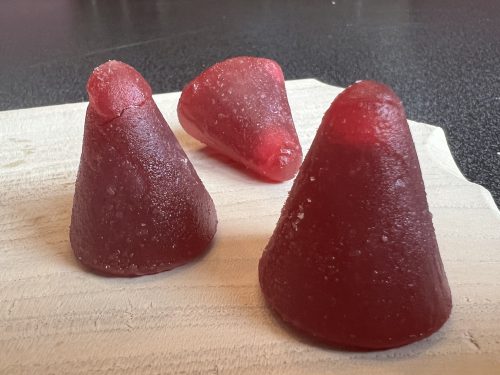
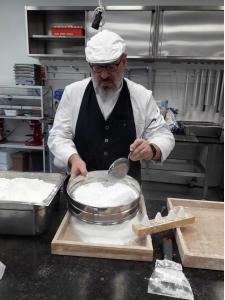
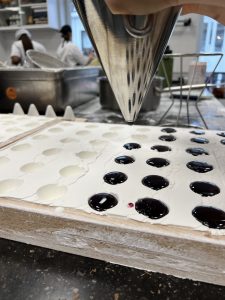
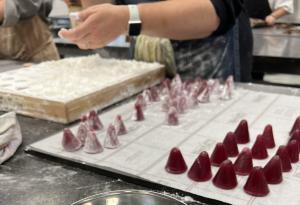
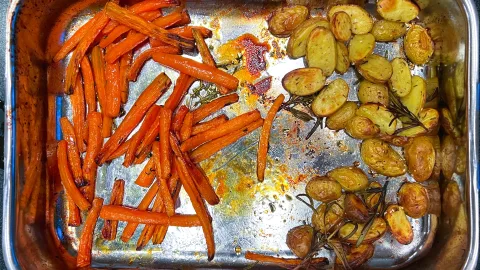

Thank you, the cuberdon recipe is great, I will try it with Vietnamese fruits.